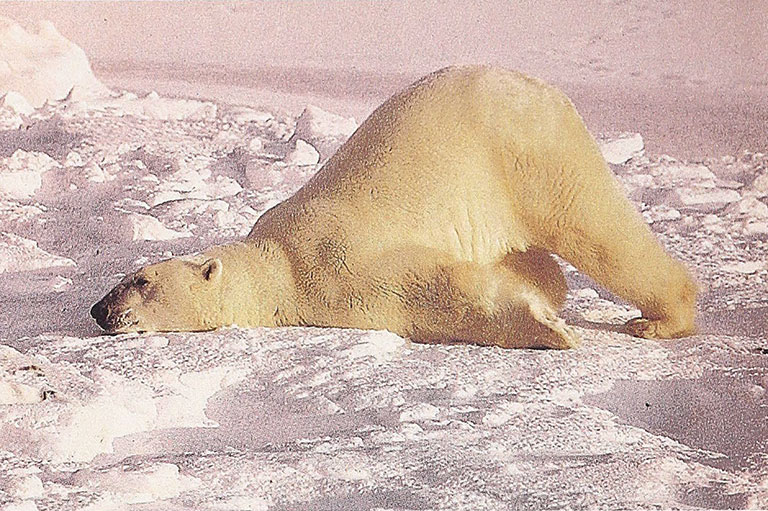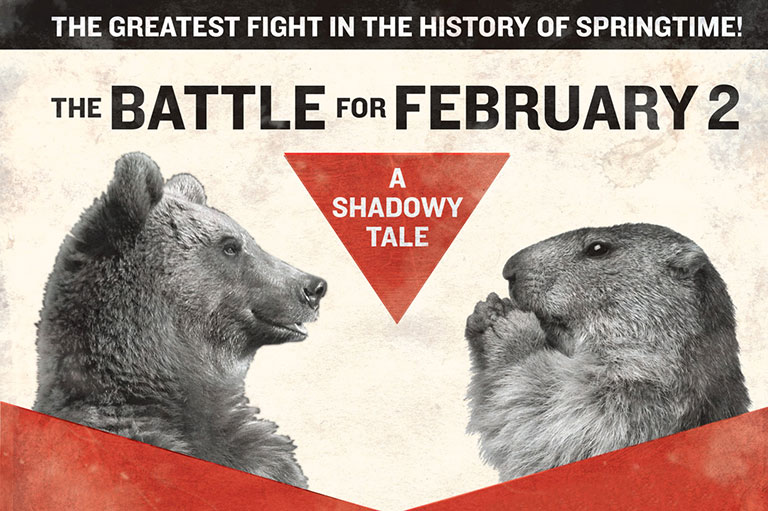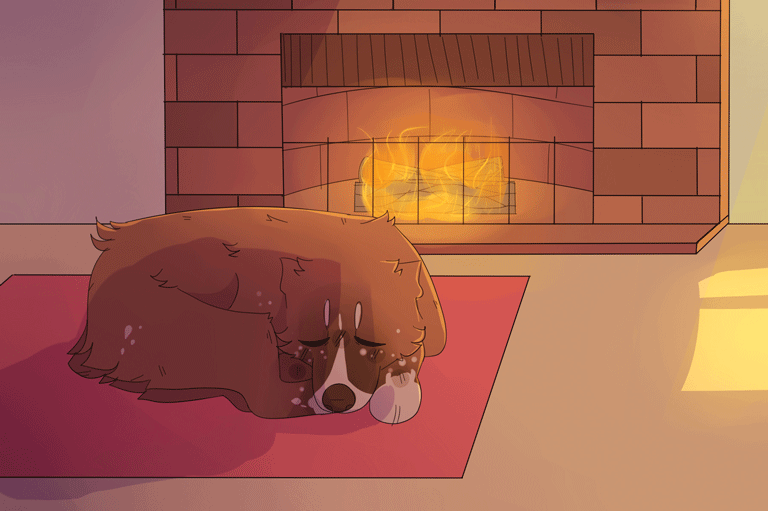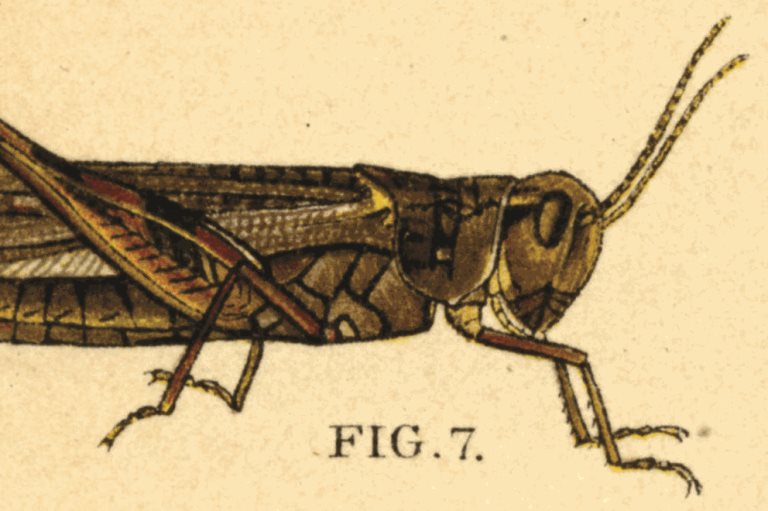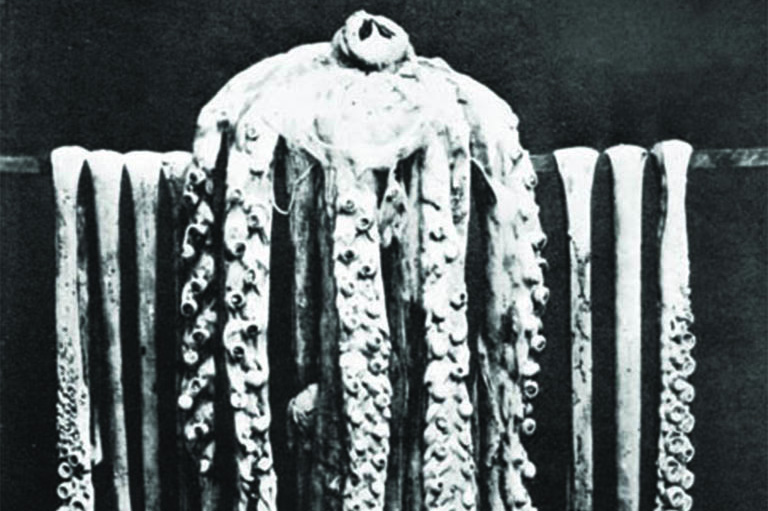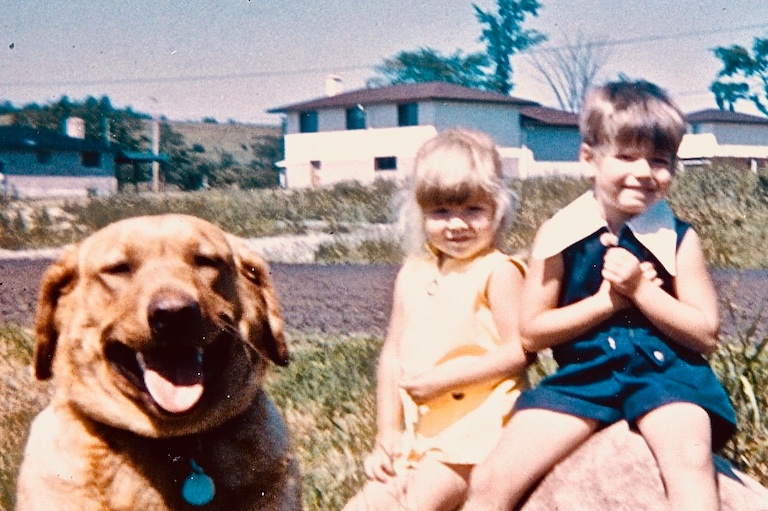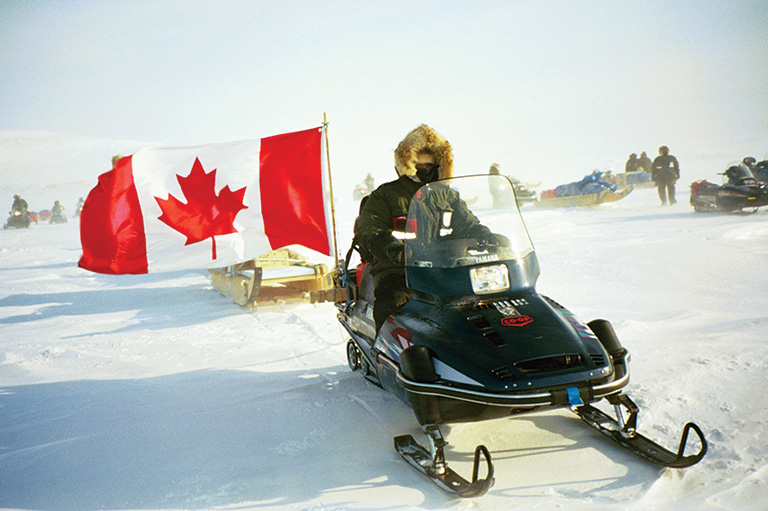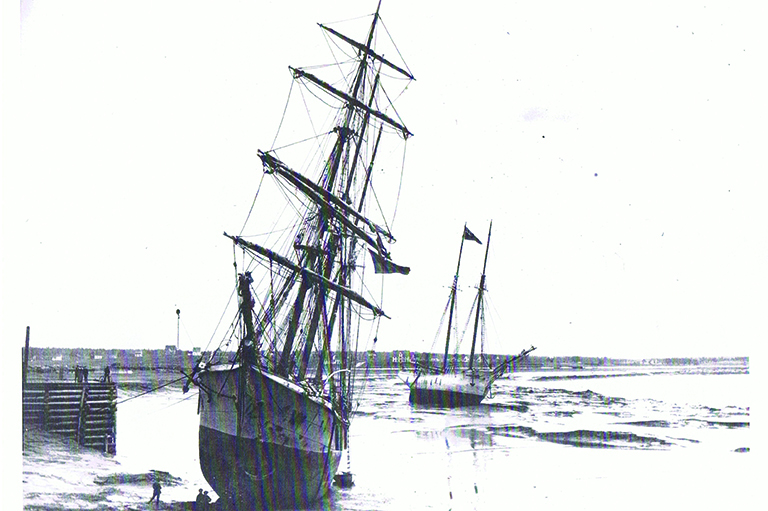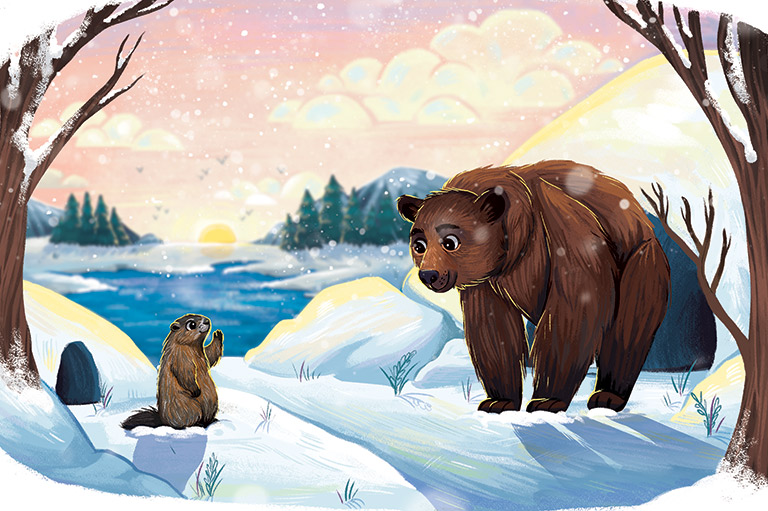Oh, Deer!
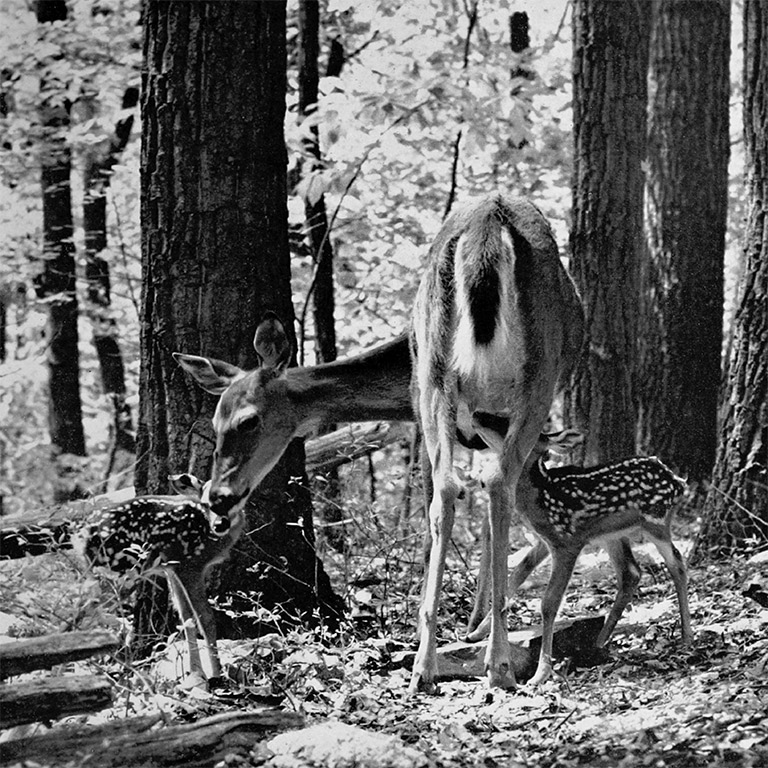
They scamper through fields of clover and timothy and hug the shadows along forest edges. If there’s any animal that’s seemingly ubiquitous in southern Canada, it’s the elegant and elusive deer.
From the white-tailed variety of eastern and Central Canada to the mule deer and black-tailed deer of Western Canada, these gentle creatures have long been a source of sustenance for animal predators and humans alike.
In the Autumn 1962 issue of The Beaver, writer and photographer Leonard Lee Rue III travelled to northern Ontario to document the habits and habitats of Odocoileus virginianus, the white-tailed deer. Its range stretches from eastern and Central Canada through the United States and south all the way to Peru in South America.
In his article “White-Tailed Deer,” Rue describes how, in 1535, French explorer Jacques Cartier marvelled at the abundance of “large stags and deer” while travelling up what became the St. Lawrence River.
Nearly a century later, Samuel de Champlain, the founder of Quebec, also commented on the copious quantities of whitetails and wrote in his journal about Indigenous methods of hunting the animals. Later still, Jesuit explorer and historian Pierre-François-Xavier de Charlevoix wrote: “When we [the French] discovered this vast Continent it was full of Deer and other Beasts of the Chace.”
Rue’s photographs depict scenes of whitetail life, from images of doting does with newborn fawns to horned stags leaping through brush and jousting with other males during the autumn mating season.
At Canada’s History, we highlight our nation’s past by telling stories that illuminate the people, places, and events that unite us as Canadians, while understanding that diverse past experiences can shape multiple perceptions of our history.
Canada’s History is a registered charity. Generous contributions from readers like you help us explore and celebrate Canada’s diverse stories and make them accessible to all through our free online content.
Please donate to Canada’s History today. Thank you!
Themes associated with this article
Advertisement
You might also like...

Beautiful woven all-silk bow tie — burgundy with small silver beaver images throughout. This bow tie was inspired by Pierre Berton, inaugural winner of the Governor General's History Award for Popular Media: The Pierre Berton Award, presented by Canada's History Society. Self-tie with adjustments for neck size. Please note: these are not pre-tied.
Made exclusively for Canada's History.

